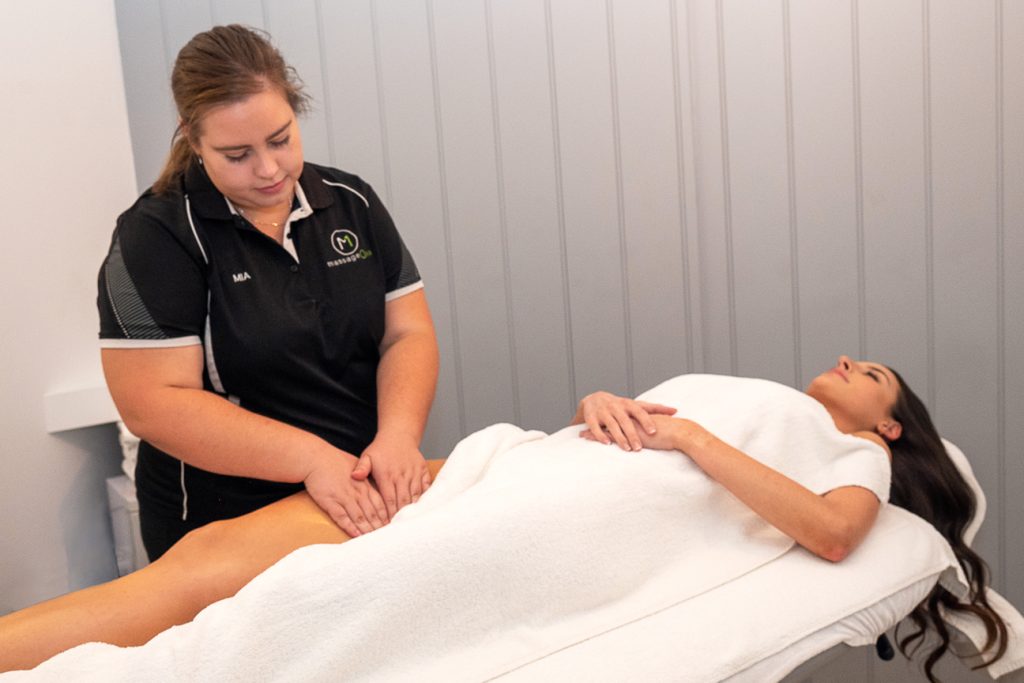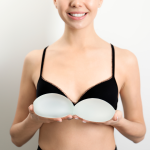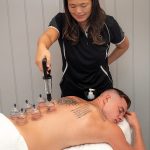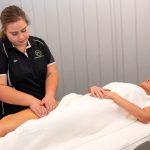Lipoedema (lip-o-dee-muh) and lymphedema (lim-fi-dee-muh) are chronic disorders that can significantly impact one’s quality of life. While they have distinct characteristics and causes, both conditions involve the accumulation of fluid in the body and can lead to discomfort, swelling, and reduced mobility. In this blog post, we will delve deeper into these conditions, their symptoms, and explore how lymphatic massage can bring much-needed relief and support to those affected.
Understanding Lipoedema:
Lipoedema is a condition characterised by a disproportionate amount of fat being stored in the lower half of the body, most commonly affecting women. Unlike regular weight gain, lipoedema fat is distributed in a column-like manner, causing the legs to appear out of proportion with the rest of the body. The condition primarily impacts the outer thighs, inner thighs, lower legs, ankles, and sometimes the upper arms. Over time, the fatty collections can become quite disfiguring, leading to problems with joint health and mobility.
While the exact cause of lipoedema is still unknown, many experts believe it is linked to hormonal changes, particularly in women. The onset or worsening of lipoedema often occurs during times of extreme hormonal changes, such as puberty, pregnancy, or menopause. Additionally, those suffering from lipoedema experience hormonal disturbances, frequent skin bruising, and the development of tissue that feels rubbery to touch. Lipoedema is a progressive disease, and its symptoms typically worsen with age. Some studies have also suggested a genetic component, as it may run in families.
Understanding Lymphedema:
On the other hand, lymphedema results from a blockage in the lymphatic system, leading to an excess build-up of fluid in the arms or lower legs. The lymphatic system is an essential part of the immune system responsible for maintaining fluid balance in the body. When the lymphatic system is compromised, the build-up of excess fluid causes swelling, most commonly in the arms or legs.
Lymphedema can be classified as primary or secondary. Primary lymphedema is rare and is usually inherited, and it can develop at various stages in life, such as infancy, during puberty or pregnancy, or in some cases after the age of 35. Secondary lymphedema occurs as a result of another disease or condition. Common causes of secondary lymphedema include injury to lymph nodes during surgery, exposure to radiation treatments for cancer, or infection of the lymph nodes.
Interestingly, lymphoedema can also occur secondary to lipoedema. The increased fatty tissue in lipoedema can compress and strangle the delicate lymphatic tracts, impeding the flow of lymph fluid, resulting in a build-up of lymphatic fluid – otherwise known as lymphoedema. Those suffering from lymphedema experience different symptoms than those with lipoedema. Lymphedema sufferers’ skin tends to be more tolerant and not painful to touch. They also don’t bruise as easily and do not suffer from hormonal disturbances.

The Power of Lymphatic Massage:
For individuals dealing with lipoedema and lymphedema, finding effective and non-invasive treatment options is crucial for managing their symptoms and improving their overall well-being. One such treatment that has shown promising results is lymphatic massage.
Lymphatic massage, also known as lymphatic drainage massage, is a gentle and rhythmic massage technique that targets the lymphatic system to encourage the flow of lymph fluid and reduce swelling. The massage therapist applies light pressure and specific strokes along the lymphatic pathways, stimulating the lymph nodes and facilitating the drainage of excess fluid from the affected areas.
For those with lipoedema, lymphatic massage can provide several benefits. By stimulating the lymphatic system, this technique can help reduce swelling caused by fluid retention and aid in detoxification. Additionally, it can assist in sculpting the body and reducing the appearance of cellulite over time, while also promoting a more even skin tone.
For those with lymphedema, lymphatic massage is a valuable tool in managing the condition. By encouraging the proper drainage of lymph fluid, the massage can significantly reduce swelling, improve mobility, and promote overall comfort. Many individuals with lymphedema find relief through regular lymphatic massage sessions, which can help them better manage their symptoms and enjoy a better quality of life.
In fact, a 2022 study considering the effects of manual lymphatic drainage on upper limb lymphedema after surgery for breast cancer suggested manual lymphatic drainage had a positive effect during the maintenance phase of lymphedema, and participant questionnaires showed significant improvement in hand and arm symptoms.(1)
Studies also showed that providing manual lymphatic drainage over an extended period of time may be the most beneficial and effective, rather than infrequent or stand-alone sessions.(2)
At Massage One, we understand the challenges and discomfort faced by those dealing with lipoedema and lymphedema. Our qualified and experienced therapists are here to support you on your journey to improved mobility, reduced swelling, and increased comfort.
Through our specialised M1 Lymphatic Method, a unique style of lymphatic drainage massage, we aim to provide transformative results for our clients. By combining targeted lymphatic massage techniques with expert knowledge and care, we strive to alleviate pain and swelling, promote relaxation, and improve overall well-being.
Book your session now and take a step towards a more comfortable and empowered life.
Resources:
- Chmelova K, Novackova M. “Effect of manual lymphatic drainage on upper limb lymphedema after surgery for breast cancer.” Ceska Gynekol. 2022;87(5):317–323.
- Qiao J, Yang LN, Kong YH, Huang X, Li Y, Bai DQ. “Effect of manual lymphatic drainage on breast cancer-related postmastectomy lymphedema: a meta-analysis of randomized controlled trials.” Cancer Nurs. 2023 Mar-Apr;46(2):159–166.





